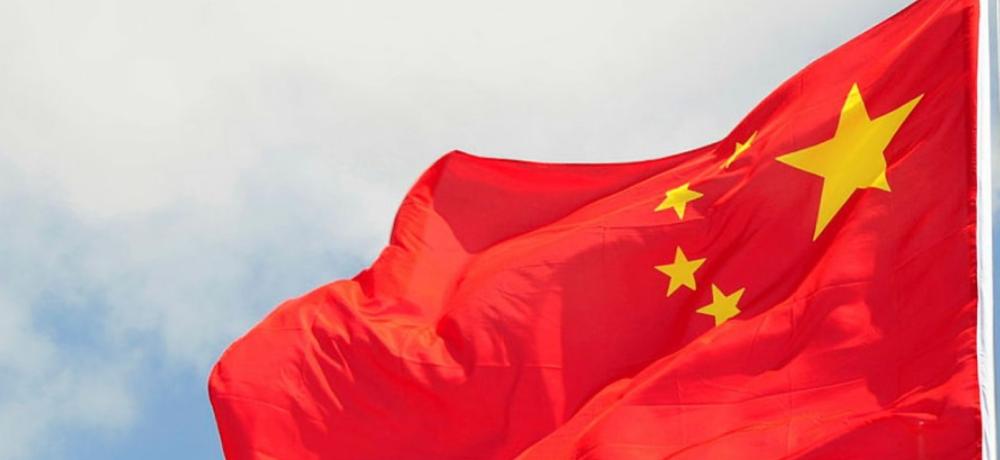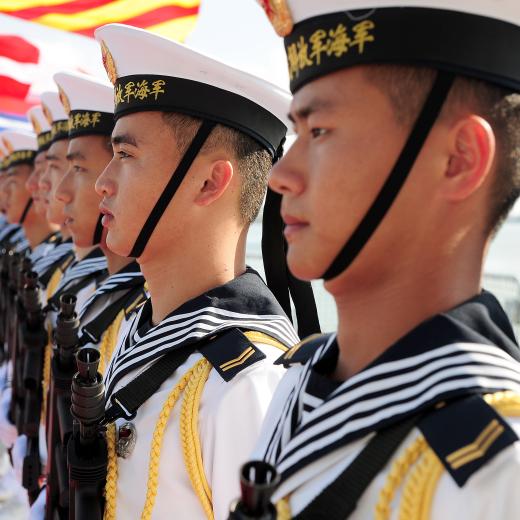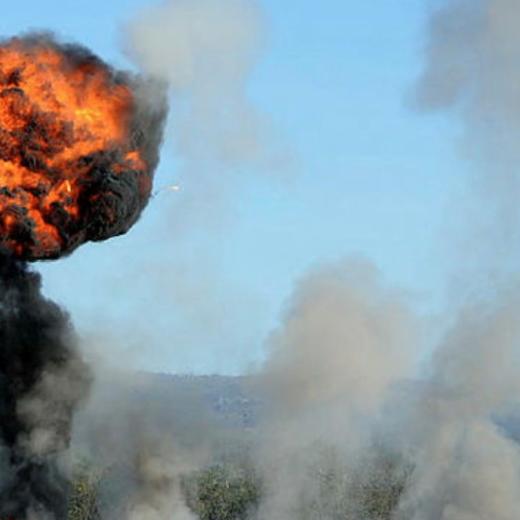BLUF
This decline has arrived earlier than expected. As a manufacturing, labour-focused, middle-income economy, the aging population and availability of limited welfare have substantial social consequences. President Xi Jinping wants to increase birth rates by reducing child-rearing costs to arrest population decline.Summary
Chad De Guzman writing in Time, makes the following points:
- By 2035, 400 million people (over a third of the current population) will likely be over 60.
- The post-WW2 population grew from around 540 million to 969 million in 1980 when the one-child policy began.
- Automation and employment in the knowledge economy are likely an issue.
- A shrinking manufacturing labour force may increase the prices of Chinese goods and cause inflation overseas.
References
Recent Runway Posts related to this topic:
- Could China’s population start falling? - The Runway (airforce.gov.au)
- China’s birth rate has hit a record low. That could shake the world economy - The Runway (airforce.gov.au)
References from the Web:
- JAN 2023 China’s first population fall since 1961 creates ‘bleaker’ outlook for country-the Guardian
- JAN 2023 China’s population drops for the first time in decades-CNBC
Source Information:





